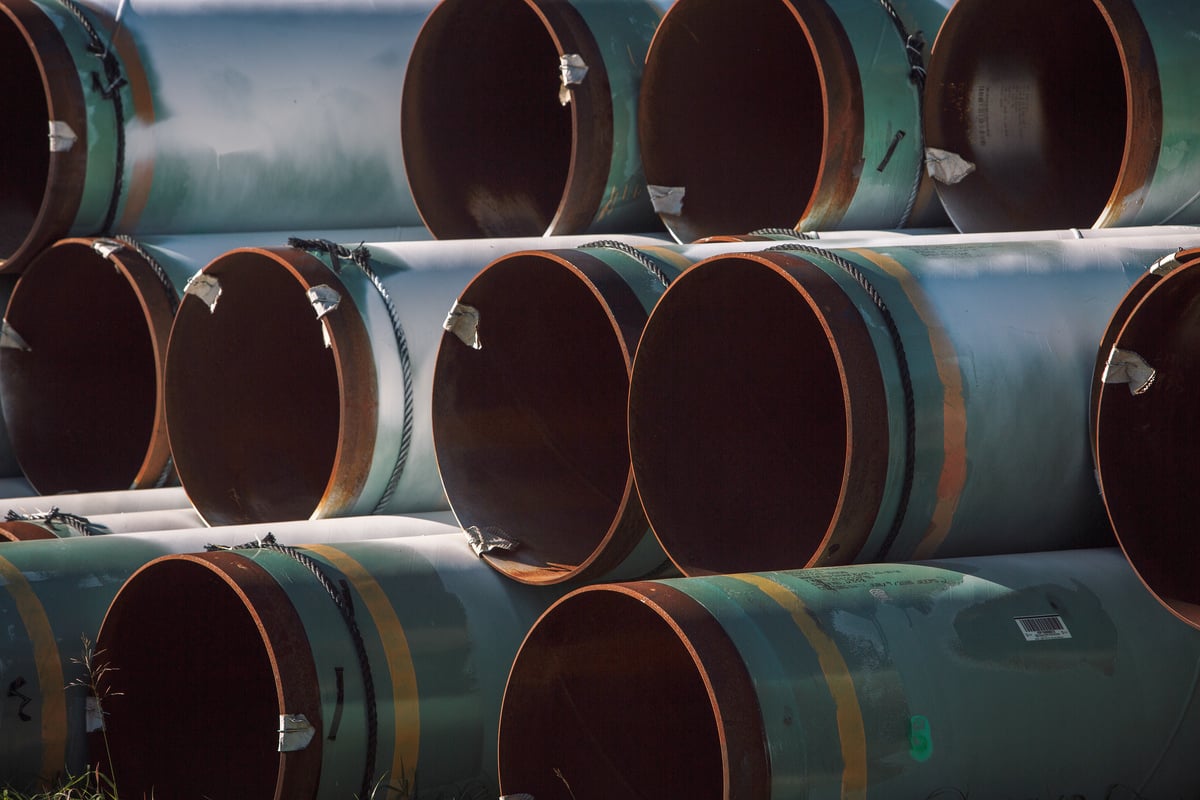Conspiracy theories are fun until they get people killed. As a lifelong science fiction fan, I can’t help but marvel—grimly—at the creativity of some of the conspiracy theories around wildfires and extreme weather, but their role in obscuring the role played by climate change is going to get (more) people killed.
We should expect (and demand) better from people who have sought out leadership roles, like the six U.S. politicians who recently wrote an open letter demanding Canada do something about the wildfire smoke that is spoiling their summer. In blaming the fires on arson and poor management without any mention of climate change—after voting for Trump’s budget that dismantles the U.S. climate plan and collectively accepting over a million dollars in campaign funding from oil and gas lobbyists—they continued a tradition of fueling conspiracy theories over science.
Yet, I do have sympathy for their supporters who are being duped. Rather than mocking, we should be asking why so many people find it easier to believe conspiracy theories rather than science.
Some of the conspiracies are old hatreds, repackaged for the modern world. When the mega-MAGA Congresswoman Marjorie Taylor Greene blamed wildfires on space lasers, she was reinvigorating a 200 year-old anti-semitic trope.
There is also an enduring conspiracy that it is environmentalists that are setting wildfires in order to trick people into believing that climate change is real. This hit peak unreality when a Canadian climate denier who argued online that wildfires were due to arson rather than climate change was arrested for setting 14 fires that drove hundreds from their homes.
There are so many conspiracies around weather manipulation that the U.S. National Oceanic and Atmospheric Administration has a webpage dedicated to debunking them (for now—I don’t expect the page will survive the Trump Administration). The newest one (to me) is that the devastating Texas flash floods that killed over 130 people were the result of a secret “weather weapon,” encouraging believers to attack weather radar installations.
Like any good conspiracy theory, there is a grain of truth. The weather is indeed being modified, but this is happening in the open and to great profit for a select few.
The basic science of climate change was discovered in the 19th century. In recent decades, our best scientists have laid out in excruciating detail how the fact that we burn gigatonnes of fossil fuels each year adds to the heat-trapping blanket of greenhouse gases to our atmosphere, resulting in more extreme weather and wildfires.
With the causes (primarily burning fossil fuels and deforestation) and solutions (switch to clean energy sources and protect nature) so clear, why are so many people prepared to believe conspiracy theories over science?
There are a lot of reasons why people want to believe conspiracy theories. For an informative and entertaining deeper dive on topic, I recommend the ContraPoints video on the topic.
When it comes to climate conspiracies, I think that part of the answer lies in the (understandable, very human) desire for a clear villain. Preferably one with two eyes, a nose and a mouth rather than some complicated, faceless system. If terrible things (like children dying in flash floods in Texas or people losing their homes to wildfires in Canada) are the consequences of bad people doing bad things they seem manageable. After all, every action movie or police procedural on Netflix tells me that courageous or clever individuals (Daniel Craig as James Bond or Benoit Blanc, respectively) can stop or punish a bad guy.
I kind of wish that were true. The reality, however, is that these terrible things are happening (or at least, made more terrible) as a consequence of the way our energy system is currently based on the burning of fossil fuels. Tackling that challenge requires understanding how the fossil fuel energy system works, the alternatives to it and ultimately confronting the power of those who benefit from it.
That doesn’t mean that there aren’t villains. Some of the actors (e.g. oil companies) who have best understood the science behind climate change (since the 1950s!) have launched disinformation campaigns to cast doubt on the science to delay or prevent the solutions, because climate action will hurt their profits. The doubt they created about climate science likely makes it a lot easier for these conspiracy theories to take root.
And today, most unforgiveably, the very understandable anger at the losses from climate-fueled disasters is being weaponized by unscrupulous actors on the far right as part of the culture wars, where they undermine faith in climate solutions and whip up anger against the scientists and environmentalists who are trying to address the root of the problem.
It’s a very successful strategy. According to a recent story in DeSmog:
“Baseless claims made by U.S. conspiracy theorist Alex Jones during the LA wildfires received 408 million views on X. Jones claimed without evidence that the Federal Emergency Management Agency (FEMA) was “confiscating food” and that the fires were a “globalist” plot.
These posts received more views on X than the information distributed on the platform by 10 key emergency response accounts – including FEMA, the fire department, and local government – and the 10 largest U.S. news outlets.”
When faced with conspiracy theories, we can all keep talking about the real causes of climate change, real climate science, and the very real solutions.
Together, we can call on Canadian governments to make polluters pay for the damages they’re causing.




Discussion
I agree that Suzuki’s realistic approach could become a catalyst for more action , more pressure on politicians and renewed hope. It will likely create a few more cynics as well. But as a senior citizen, I fervently hope the apathy of younger generations is evaporated by stark truths . We need more of them to fight for their future.
With leaders like Trump, Netanyahu, Putin and others, I'm not certain that there is much hope for the youngest of us. Hopefully I won't be around when all hell breaks loose but it's already upon us and those who can do something are only looking to put money in their pockets no matter what the consequence for others.